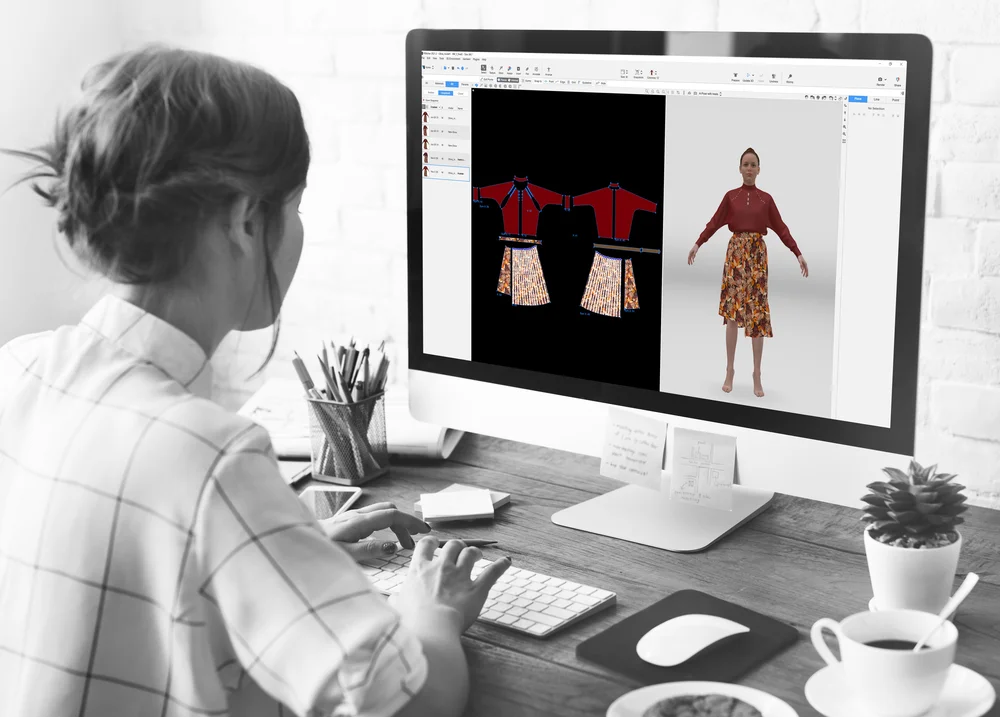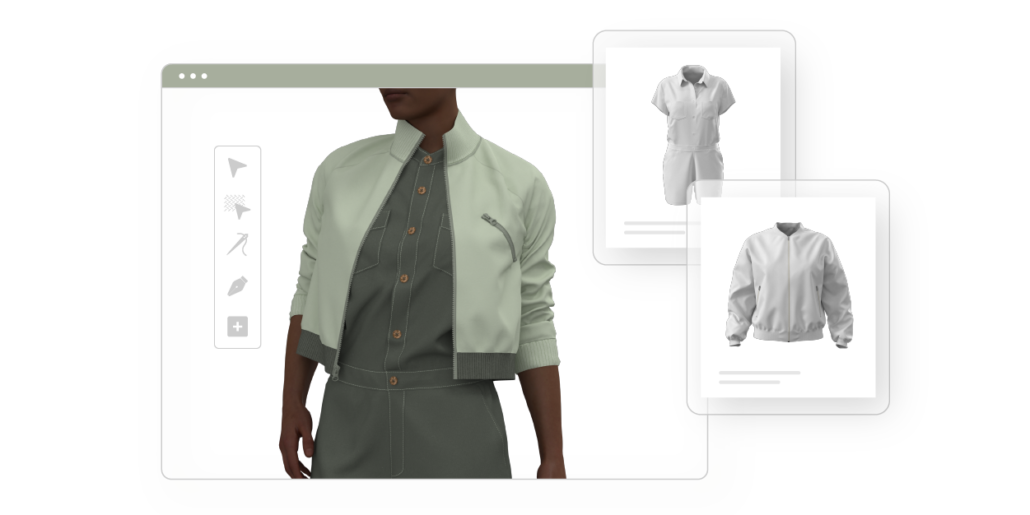What is the Best 3D Fashion Design Software?
Discover the top 3D fashion design software options available today. Explore features, benefits, and how these tools can enhance creativity and...

When people are presented with a set of restrictions to work within, they may be hesitant to accept such limitations at first. I don’t blame them. We all want the freedom to create what we want, how we want. However, you may be surprised to discover that in fact, according to research, imposing creative constraints on yourself can unlock your creativity in ways that can’t be experienced when given free rein.
“Constraints aren’t the boundaries of creativity, but the foundation of it.” – Brandon Rodriguez, 2019
Let’s face it, we’ve all been assigned a project in the past with little-to-no guidance, and have found ourselves staring at a blank page for hours on end, not knowing where to start. Eventually, to ensure performance and delivery, we may revert to an idea that was successful in the past, as opposed to bringing something entirely new to the table.
For designers, finding yourself at a creative standstill can be frustrating, especially if you are on a time crunch, which is often the case given the pace of the apparel calendar. This is where the concept of creative limitation comes into play, which refers to the method of intentionally limiting yourself to spark your imagination.

“Sometimes you need to be limited in order to become limitless.” – Phil Han sen, 2013.
Despite the common misconception that freedom is the key to creativity, in reality, fashion designers rarely begin their workflow from a blank slate. By kicking off the design workflow with a structure in place, designers can ensure that they do not lose their creative focus or veer away from the desired result. In fact, most of today’s fashion designers begin the creative process using pre-existing blocks or master patterns as a base to build upon.
“As a Fashion Designer running on a tight schedule, there isn’t always time to start from scratch and build a new pattern each time you come up with a concept. By working with building blocks, you are given a starting point that you can take in any direction you like,” says Neel Brosh , 3D Fashion Designer at Browzwear. “When you begin with a baseline, there is so much you can do. From changing the colorways and fabrics to styling and prints, the possibilities are endless,” adds Neel.
“The next time you struggle with innovation, take a look at your constraints structure. Instead of blaming them, frame them as creative challenges.”- Oguz A. Acar, 2019.
Some of the most successful apparel organizations face an abundance of restrictions beyond their control throughout each season calendar. From assets such as trims and fabrics to practical limitations including deadlines, budgets, and brand guidelines. Restrictive creativity has become second nature for these companies, leading them to create some of the most sought-after collections.
By starting with a baseline, whether it be block or asset libraries, designers can rapidly bring their creative concepts to life and produce on-trend collections in record time. Such restrictions enable technical designers to spend the time that they would initially need to create patterns from scratch on styling and fit as they are confident in the accuracy of the blocks without having to validate the patterns each time. In essence, templating gives valuable time back to creatives, ultimately enabling stakeholders to shift their focus to delivering better products to their target market.
Discover the top 3D fashion design software options available today. Explore features, benefits, and how these tools can enhance creativity and...
3D fashion software is essential to fashion supply chain, enhancing creativity, speed, and innovatio
From sketching and patternmaking to fabric sourcing, these fashion design apps will help you take your creations to the next level.